Description
An Overview of Monolithic Insulated Joints
Monolithic insulated joints play a crucial role in the pipeline industry, providing electrical isolation between sections of a pipeline. These specialized components are essential for protecting pipelines from corrosion and stray electrical currents, which can lead to interference and compromise the pipeline’s integrity.
In the realm of pipeline infrastructure, ensuring the safety and longevity of these vital conduits is of utmost importance. To achieve this, it is crucial to implement effective measures that prevent damage caused by stray electrical currents and corrosion. One such measure that plays a pivotal role in electrically isolating various sections of the pipeline is the utilization of monolithic insulated joints. In this article, we will delve into the significance of these joints and their ability to safeguard pipeline integrity, while also highlighting the advantages they offer over alternative solutions.
What Are Monolithic Insulated Joints?
They are specialized devices designed to provide complete electrical isolation between different segments of a pipeline. These joints act as barriers, preventing the flow of stray electrical currents and inhibiting galvanic corrosion that can compromise the structural integrity of the pipeline. By effectively isolating sections, these joints help protect the pipeline from potential damage and ensure its longevity.
Construction and Design
Monolithic insulated joints are typically constructed using durable materials that possess excellent electrical insulating properties. The joints are engineered to withstand the harsh conditions encountered in pipeline environments, including extreme temperatures, high pressures, and corrosive substances. This ensures their reliability and longevity, providing a robust solution for electrically isolating pipeline sections.
Functionality and Benefits
The primary function of monolithic insulated joints is to prevent the flow of electrical currents between different segments of the pipeline. By doing so, they mitigate the risk of galvanic corrosion, which can lead to structural damage and leakage. These joints act as strategic points of electrical disconnection, ensuring that any stray currents generated within the pipeline system are contained within their respective sections. This segregation helps maintain the integrity of the pipeline and minimizes the potential for corrosive effects.
Advantages of Monolithic Insulated Joints
Enhanced Safety
Implementing monolithic insulated joints significantly enhances the safety of pipeline operations. By effectively isolating sections, the risk of electrical faults, sparks, and hazardous incidents is greatly reduced. This is particularly crucial in industries where flammable or hazardous substances are transported through pipelines.
Protection Against Corrosion
Corrosion poses a severe threat to the integrity and lifespan of pipelines. Monolithic insulated joints provide an effective defense mechanism against corrosion by eliminating or significantly reducing the galvanic coupling between dissimilar materials. By interrupting the electrical path between segments, these joints mitigate the electrochemical reactions that initiate corrosion processes, safeguarding the pipeline’s longevity.
Operational Flexibility
The implementation of monolithic insulated joints offers operational flexibility by enabling the installation of cathodic protection systems in individual pipeline sections. Cathodic protection is a widely utilized corrosion prevention technique that utilizes an external electrical current to counteract the corrosive forces. By isolating segments, monolithic insulated joints allow for the independent application of cathodic protection methods, optimizing corrosion control measures throughout the pipeline network.
Long-Term Cost Savings
Investing in monolithic insulated joints can yield long-term cost savings for pipeline operators. By minimizing the risk of corrosion-related damage, the need for frequent repairs, maintenance, and replacement of pipeline sections is significantly reduced. This leads to lower operational costs, increased efficiency, and improved overall asset management.
Key Attributes of Monolithic Insulated Joints
Insulating Gasket, Dielectric Compound, and Non-Conductive Epoxy Paint
Monolithic insulated joints are designed with an insulating gasket that prevents metal-to-metal contact between pipeline sections. The internal cavities within these joints are filled with a dielectric compound, which aids in electrical isolation. Additionally, both the internal and external surfaces of the joint are coated with non-conductive epoxy paint to further enhance the insulating properties.
Design and Manufacturing of Monolithic Insulated Joints by EMT
Bolt-less, Single-Piece Construction, and Customization
EMT’s monolithic insulated joints feature a bolt-less and single-piece construction, simplifying installation and ensuring a robust, leak-proof connection. These joints are manufactured in compliance with the customer’s piping specifications and can include extra-length pipe pups as an optional feature if needed.
Pressure Fatigue, Torsion, Bending Proof Testing, and Quality Assurance
To ensure the reliability and longevity of the joints, EMT subjects them to pressure fatigue, torsion, and bending-proof testing. Non-destructive examination techniques and test reports are also employed to verify the quality and performance of the joints during and after production.
Factory Assembly and Hydrostatic Testing
Before being sent to the client, EMT’s monolithic insulated joints undergo factory assembly and hydrostatic testing. This ensures that the joints meet the required specifications and are ready for seamless integration into the pipeline system.
Insulating Capability and Maintenance of Monolithic Insulated Joints
Electrical Testing, Verification, and Maintenance-Free Operation
The insulating capability of EMT’s monolithic insulated joints is verified through rigorous electrical testing. Once installed, these joints provide a maintenance-free service life, reducing operational costs and ensuring the safety of the pipeline system.
Different Terms Used in the Pipeline Industry
Monolithic insulated joints are also referred to as isolation joints or insulating joints within the pipeline industry. While the terminology may vary, the purpose and functionality of these components remain consistent in providing electrical isolation and protection against corrosion and interference.
Additional Products Offered by EMT
In addition to monolithic insulated joints, EMT also offers a variety of other pipeline solutions, including quick-opening closures, yoke-style closures, pig signalers, and so on. These products are designed to enhance the efficiency, safety, and reliability of your pipeline system. For more information on EMT’s comprehensive range of pipeline products, please visit our website or contact us directly.
Frequently asked questions about Monolithic Insulated Joints
Q1: What is the purpose of it in the pipeline industry?
A1: Monolithic insulated joints provide electrical isolation between sections of a pipeline, protecting against corrosion and stray electrical currents that could compromise the pipeline’s integrity.
Q2: What are the key attributes of it?
A2: They are designed with an insulating gasket to prevent metal-to-metal contact between pipeline sections. They are filled with a dielectric compound for electrical isolation and coated with non-conductive epoxy paint to enhance insulation.
Q3: How does it designed and manufactured by EMT?
A3: EMT’s monolithic insulated joints feature a bolt-less, single-piece construction for easy installation and a leak-proof connection. They are customized according to piping specifications and can include extra-length pipe pups if needed.
Q4: What quality assurance measures are employed during the production of monolithic insulated joints?
A4: EMT subjects the joints to pressure fatigue, torsion, and bending-proof testing to ensure reliability and longevity. Non-destructive examination techniques and test reports are utilized to verify the quality and performance of the joints.
Q5: How is it tested and prepared before integration into the pipeline system?
A5: EMT performs factory assembly and hydrostatic testing on the monolithic insulated joints to ensure they meet the required specifications. This ensures they are ready for seamless integration into the pipeline system.

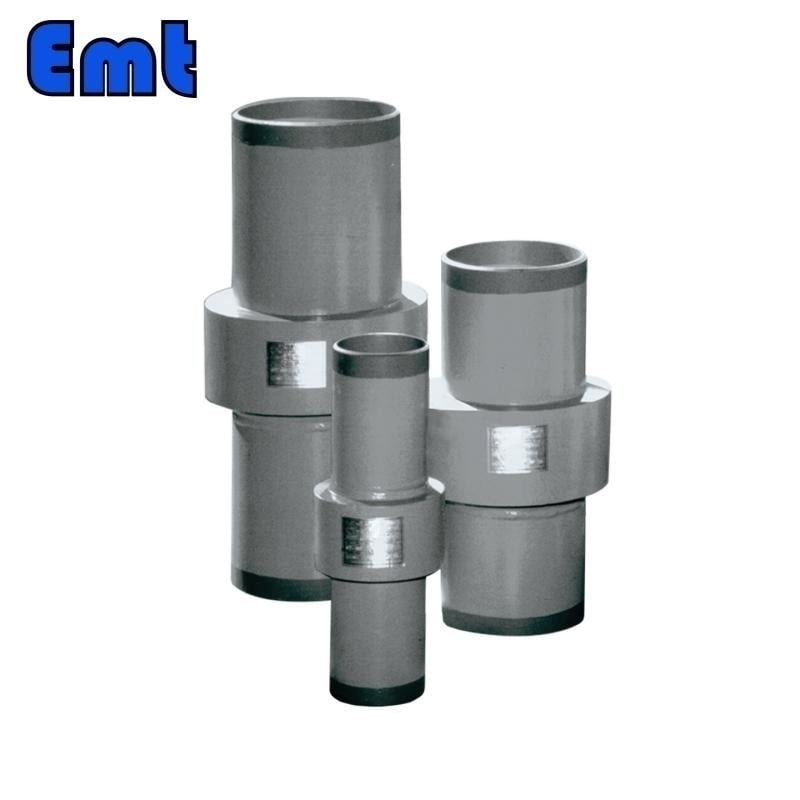
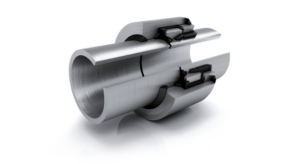
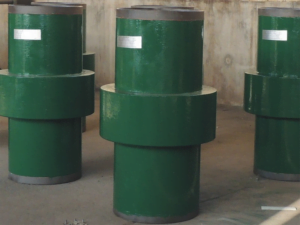
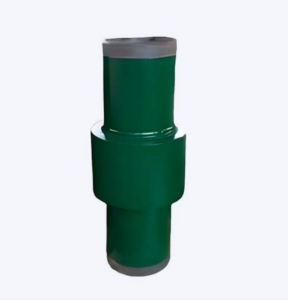
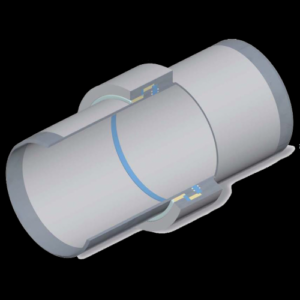
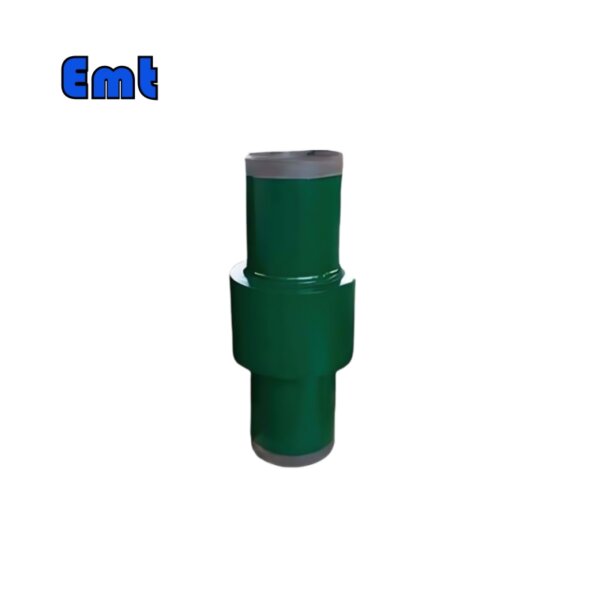
Reviews
There are no reviews yet.